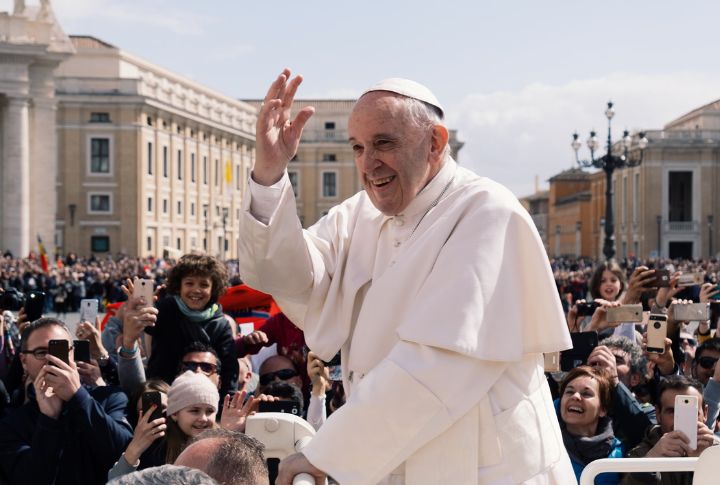
Some popes led with wisdom and compassion. Others made decisions that sparked arguments and plenty of historical side-eyes. A few got caught up in politics, and some still confuse scholars today. So, here are 20 popes who stirred the waters of history and still keep conversations lively.
Pope Alexander VI
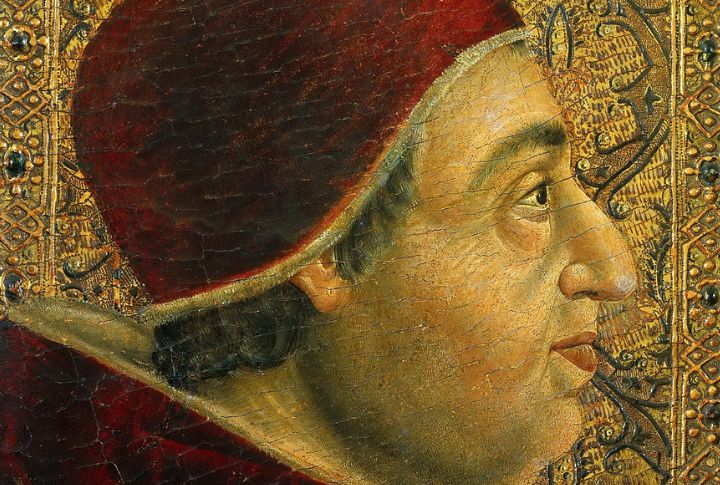
Rodrigo Borgia’s ascent to the papacy as Alexander VI marked the intertwining of ecclesiastical authority and personal ambition during the Renaissance. His tenure was marked by unabashed nepotism as he elevated his children, notably Cesare and Lucrezia Borgia, to positions of power.
Pope Pius XII

Eugenio Pacelli, known as Pius XII, led the Church through the tumultuous years of WWII. His diplomatic approach aimed to maintain the Vatican’s neutrality. While some argue he worked behind the scenes to save lives, others believe his public inaction was a moral failing.
Pope John XXIII
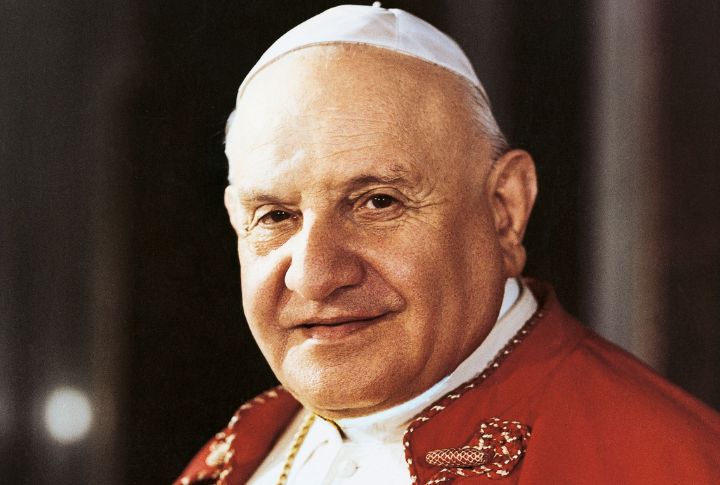
Revolutionizing the Church, John XXIII surprised many by convening the Second Vatican Council, aiming to modernize the Church and promote unity among Christians. However, these changes also stirred controversy among traditionalists who feared a departure from established doctrines.
Pope Paul VI
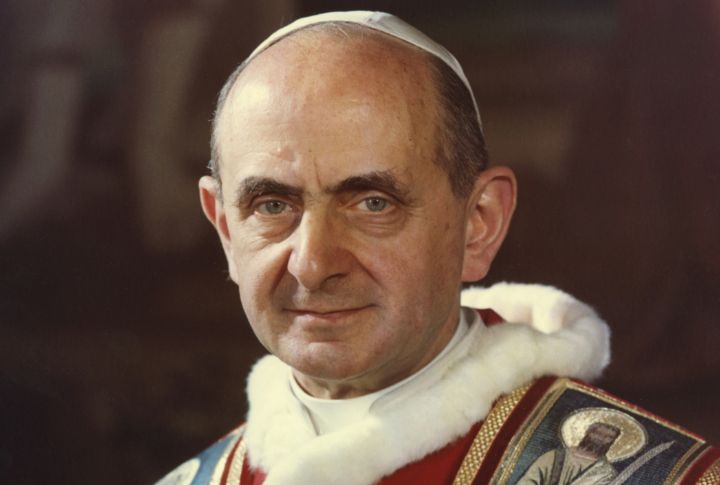
Succeeding John XXIII, Paul VI continued the work of the Second Vatican Council but faced backlash with his 1968 encyclical, “Humanae Vitae.” It reaffirmed the Church’s opposition to artificial contraception. This stance sparked widespread debate about the Church’s role in personal moral decisions.
Pope John Paul II

John Paul II led to the fall of communism in Eastern Europe. His conservative views on issues like women’s ordination and contraception drew criticism. Moreover, his handling of abuse cases within the Church has been scrutinized.
Pope Benedict XVI

Joseph Ratzinger’s papacy was marked by a return to traditionalism and a focus on doctrinal purity. His resignation in 2013, the first by a pope in nearly 600 years, shocked the world and prompted discussions about the evolving nature of papal authority.
Pope Francis
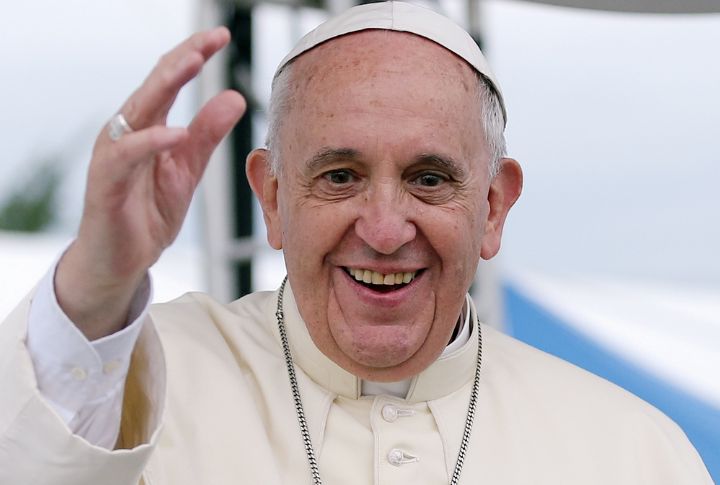
This pope arrived with a smile, a soft voice, and a pair of plain black shoes. He ditched the red slippers and called up people who wrote him letters. Whether washing prisoners’ feet or blessing the homeless, Francis redefined what it means to lead a 2,000-year-old institution.
Pope Stephen VI

Stephen VI presided over the infamous Cadaver Synod, where the corpse of Pope Formosus was dressed in papal robes and set up on a throne to stand trial. The whole scene played out like a fever dream fueled by paranoia and revenge. During all this, Stephen screamed accusations.
Pope Formosus
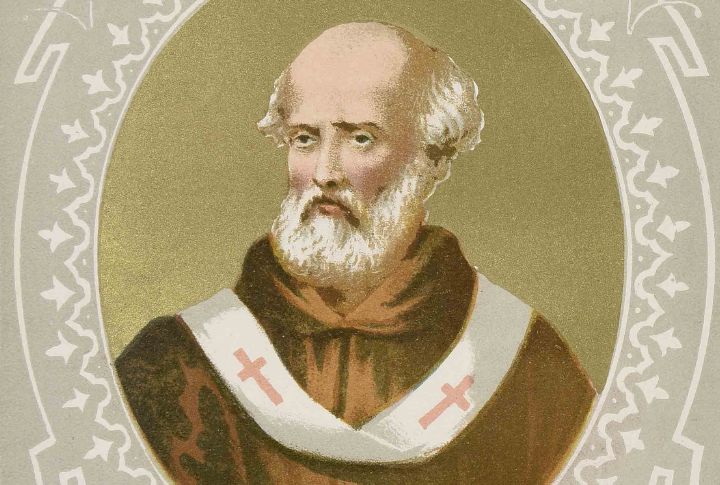
Before Pope Formosus’s body made its courtroom debut, his life was already tangled in feuds. He bounced between favor and exile under multiple popes and got caught in power plays between rival empires. Somehow, he landed the papal throne, only to become the ultimate scapegoat.
Pope Boniface VIII

Clashing with King Philip IV of France, Boniface VIII asserted papal supremacy over secular rulers. What followed was a clash of egos so intense it could’ve headlined a medieval reality show. Eventually, French forces kidnapped the old pope, who died shortly after his release.
Pope Clement V
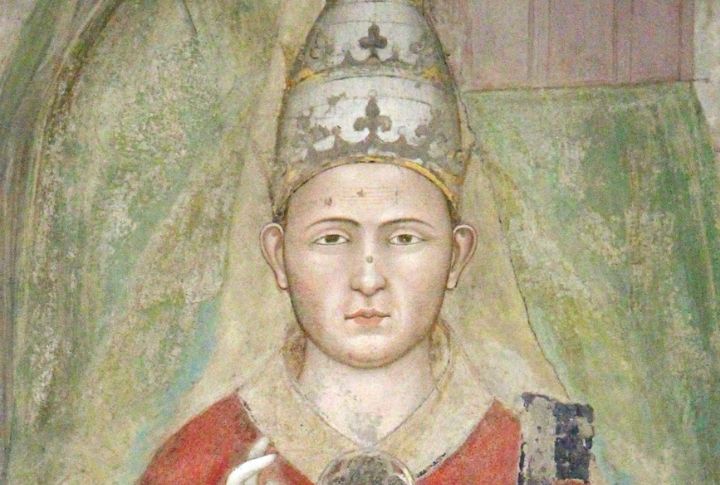
Clement V will always be remembered for packing up the papacy and moving it to France. In what would later be dubbed the “Babylonian Captivity” of the papacy, he cozied up to King Philip IV and made Avignon the Church’s new HQ. Critics accused him of being Philip’s puppet.
Pope Gregory VII
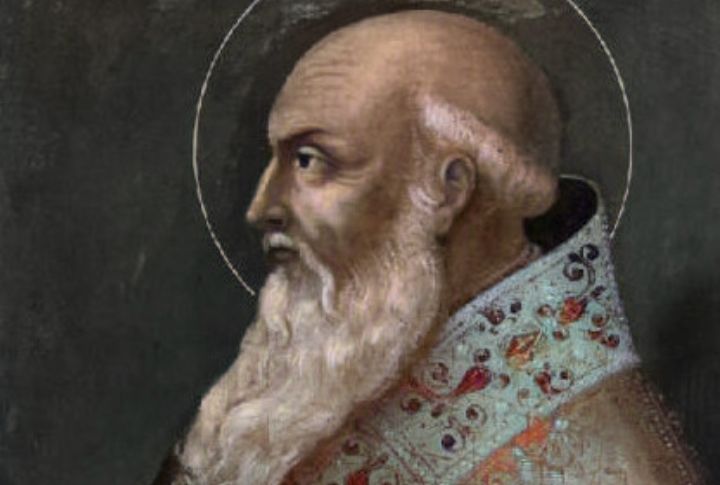
Gregory VII was no stranger to throwing down with emperors. When Henry IV tried to appoint bishops, Gregory slapped him with excommunication. He didn’t even flinch when the emperor begged for mercy. This was the Investiture Controversy, and it redefined the tug-of-war between Church and state.
Pope Sergius III

Sergius III allegedly orchestrated the murders of two rivals just to snag the throne. Once in power, he didn’t stop the drama. Rumors swirled that he fathered a son with the influential Marozia, a noblewoman who basically ran Rome. That son? He’d go on to become Pope John XI.
Pope Benedict IX
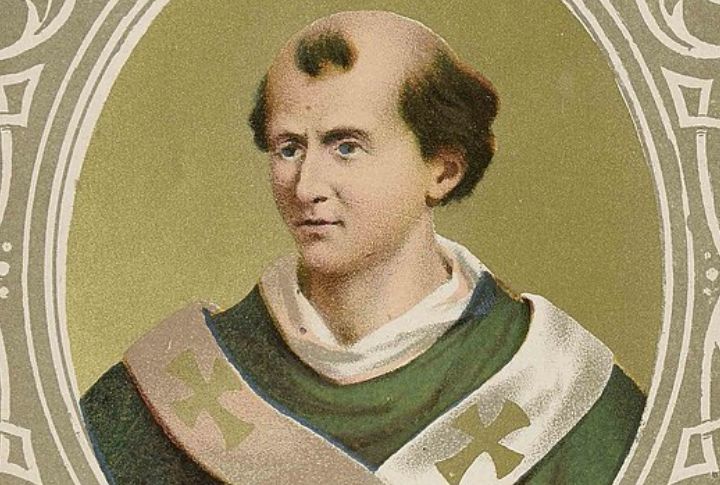
If the papacy had a rock-bottom moment, Benedict IX may be it. He was pope three separate times, sold the office for cash, and lived a lifestyle that had even the most decadent nobles clutching their rosaries. Appointed while still a teenager, Benedict treated the papacy more like a plaything than a spiritual duty.
Pope John XII

John XII took the throne at just 18 and turned the Lateran Palace into something resembling a frat house. His papacy was more about parties than piety, and rumors of gambling and violence followed him like a bad smell. Even his allies were horrified.
Pope Leo X
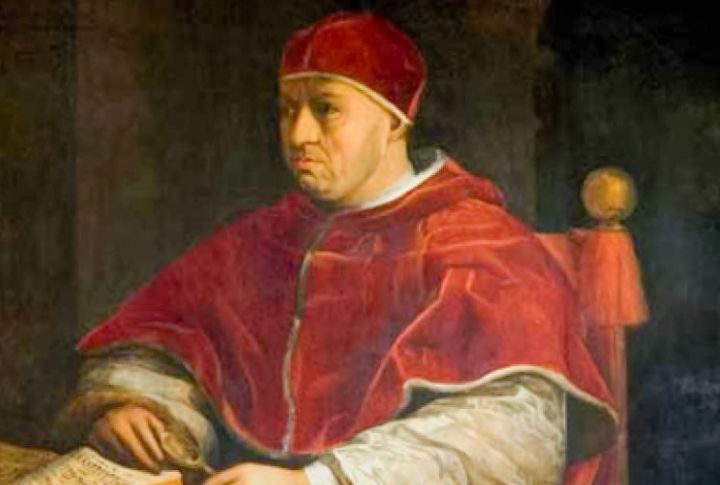
Leo X partied like it was 1499—even though it was the 16th century. A Medici prince-turned-pope, he adored art, feasts, and luxury. To fund his lavish lifestyle and the rebuilding of St. Peter’s Basilica, he leaned heavily on indulgences.
Pope Urban II
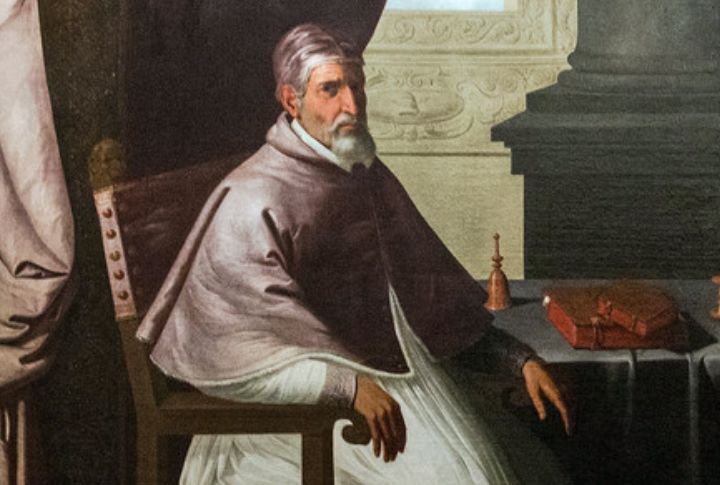
Urban II changed history with one speech. At the Council of Clermont, he roused knights and peasants alike to join the First Crusade, promising heavenly rewards for earthly violence. “Deus vult!” became the rallying cry, and Europe’s armies marched toward the Holy Land. This was followed by a saga of battles.
Pope Honorius I
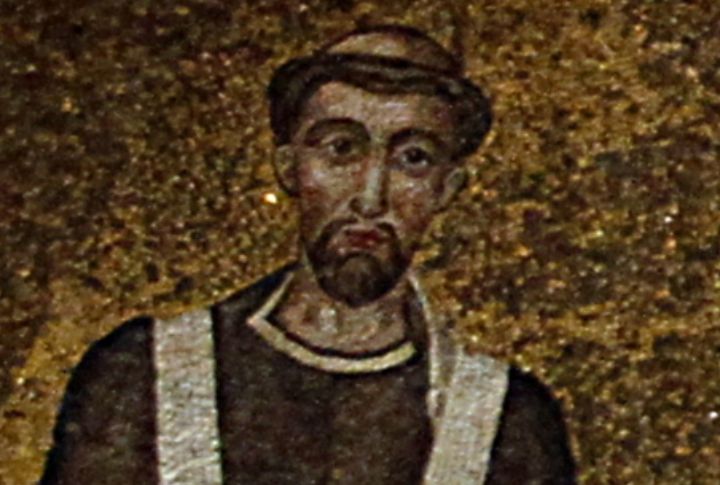
Few popes manage to be controversial after death, but Honorius I nailed it. Decades after he died, a Church council declared him a heretic for his soft stance on Monothelitism. It shook belief in papal infallibility before that doctrine even existed.
Pope Liberius
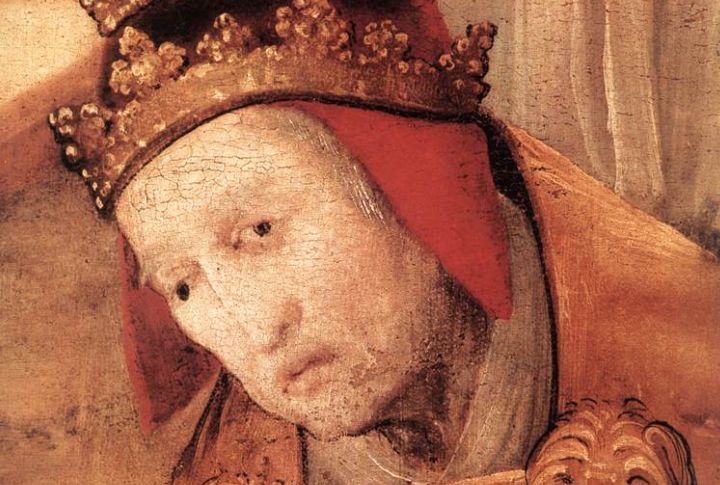
When Emperor Constantius pressured him to go easy on Arianism—a controversial Christological belief—Liberius reportedly caved. Or maybe he didn’t. Historians are still debating it. What’s clear is that he got exiled, reinstated, and tangled in one of the earliest doctrinal storms.
Pope Sixtus IV
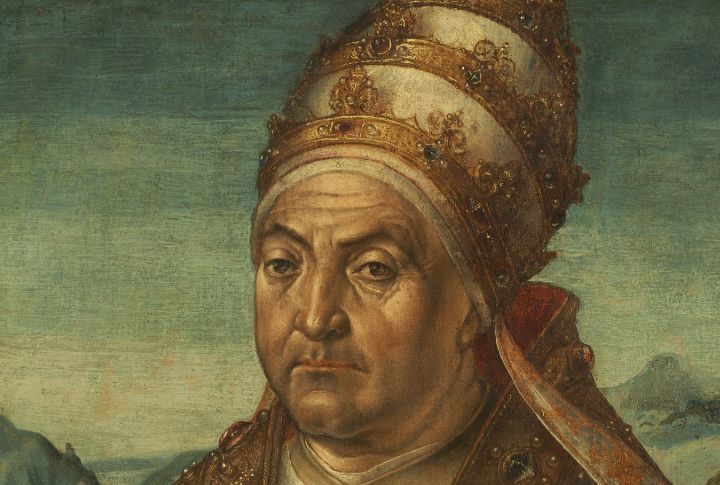
Pope Sixtus IV gave Rome the Sistine Chapel (yes, that Sistine), but behind the frescoes was a pope tangled in bribery, nepotism, and family feuds. He appointed multiple relatives as cardinals, and his involvement in the infamous Pazzi Conspiracy still haunts his reputation.

